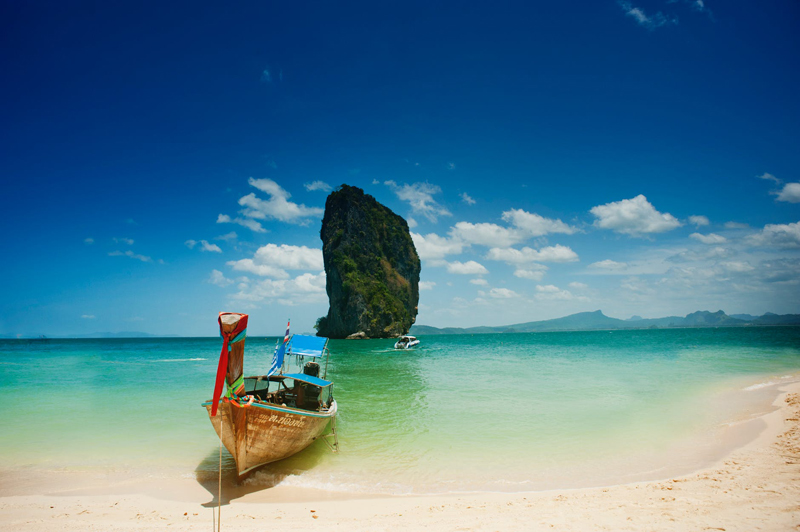Bustling with Life in Denpasar, Bali

Denpasar has been the capital of Bali for more than a century, but prior to the Dutch invasion in 1906, it was known as Badung. By then, the Dutch had colonialized much of Bali and its neighbor Lombok and were determined to have it all. When they came in bearing guns, the city residents fought back, but were massacred. Many then turned the weapons on themselves. The Dutch occupation of the city lasted until the late 1940s when Indonesia regained its independence.
Today the site of the massacre and group suicide is marked in the center of the city with Puputan Square; a monument of a man, woman and two children making a brave but futile stand against the Dutch aggressors fills the center of the park. Today it is a popular gathering place for locals to enjoy some respite from the chaos of the city.
Down the road from the square is the Bali Museum, first established in 193, designed by P.J. Moojen. The museum architecture was conceived as a way to mimic the design of temples and palaces. Four pavilions are set in four courtyards with gazebos, gardens and exquisite gateways to pass between them. Inside you will find traditional arts and crafts that date from the Bronze Age to modern art, including theatrical masks, stone sculpture, intricate woodcarvings and beautiful textiles.
Next oor you will find the new Pura Jaganatha, built in the 1970s. Dedicated to the worship of the Supreme God Sang Hyang Widi Wasa and gets crowded during the full and new moons when worshipers flock to the temple. The grounds center around a very tall padmasana shrine built for the God to use as a throne. Surrounded by a water lily-filled moat, it's worth the visit.
One of the oldest temples in Bali, Pura Masopahit, is northwest of Puputan Square. Originally built in the 1400s, the temple was badly damaged in the 1917 earthquake. Since then it has been partly rebuilt with work continuing to restore the temple. The architecture is similar to East Javanese shrines and is a stellar example of the spiritual and cultural threads that runs through history.
A few blocks west of the Bali Museum is a three block stretch of textile sellers. Locals (and some foreigners) sift through the various batiks, silks and brocades that are available.
Today the site of the massacre and group suicide is marked in the center of the city with Puputan Square; a monument of a man, woman and two children making a brave but futile stand against the Dutch aggressors fills the center of the park. Today it is a popular gathering place for locals to enjoy some respite from the chaos of the city.
Down the road from the square is the Bali Museum, first established in 193, designed by P.J. Moojen. The museum architecture was conceived as a way to mimic the design of temples and palaces. Four pavilions are set in four courtyards with gazebos, gardens and exquisite gateways to pass between them. Inside you will find traditional arts and crafts that date from the Bronze Age to modern art, including theatrical masks, stone sculpture, intricate woodcarvings and beautiful textiles.
Next oor you will find the new Pura Jaganatha, built in the 1970s. Dedicated to the worship of the Supreme God Sang Hyang Widi Wasa and gets crowded during the full and new moons when worshipers flock to the temple. The grounds center around a very tall padmasana shrine built for the God to use as a throne. Surrounded by a water lily-filled moat, it's worth the visit.
One of the oldest temples in Bali, Pura Masopahit, is northwest of Puputan Square. Originally built in the 1400s, the temple was badly damaged in the 1917 earthquake. Since then it has been partly rebuilt with work continuing to restore the temple. The architecture is similar to East Javanese shrines and is a stellar example of the spiritual and cultural threads that runs through history.
A few blocks west of the Bali Museum is a three block stretch of textile sellers. Locals (and some foreigners) sift through the various batiks, silks and brocades that are available.
You Should Also Read:
Ubud – Traditional and Modern Art

Related Articles
Editor's Picks Articles
Top Ten Articles
Previous Features
Site Map
Content copyright © 2023 by Teresa Coates. All rights reserved.
This content was written by Teresa Coates. If you wish to use this content in any manner, you need written permission. Contact Hanny Suriadi for details.


